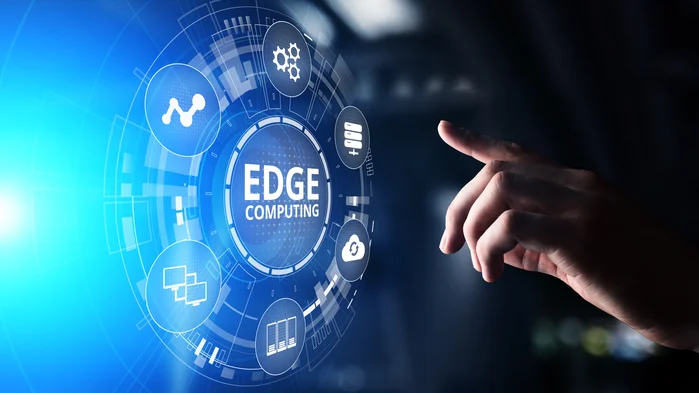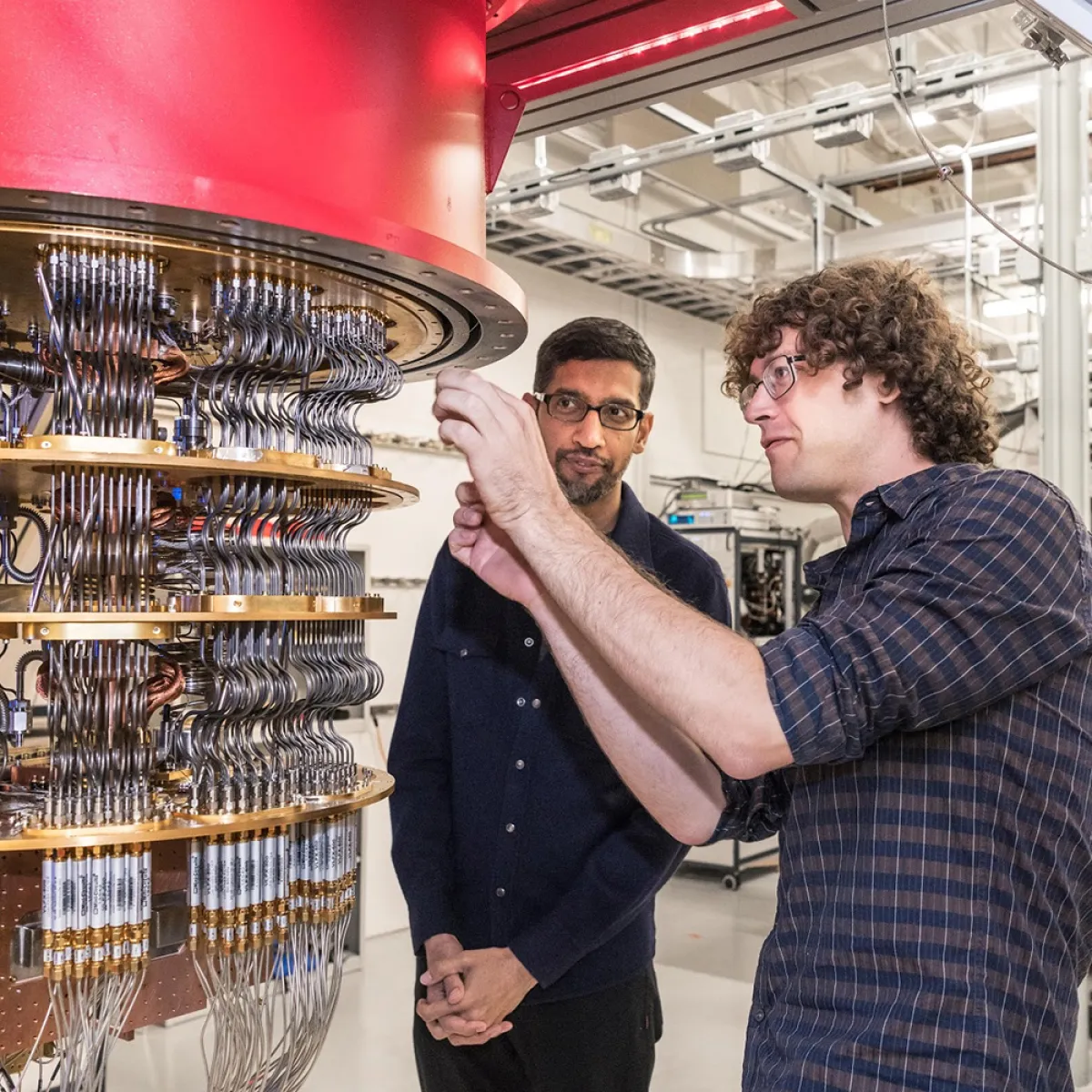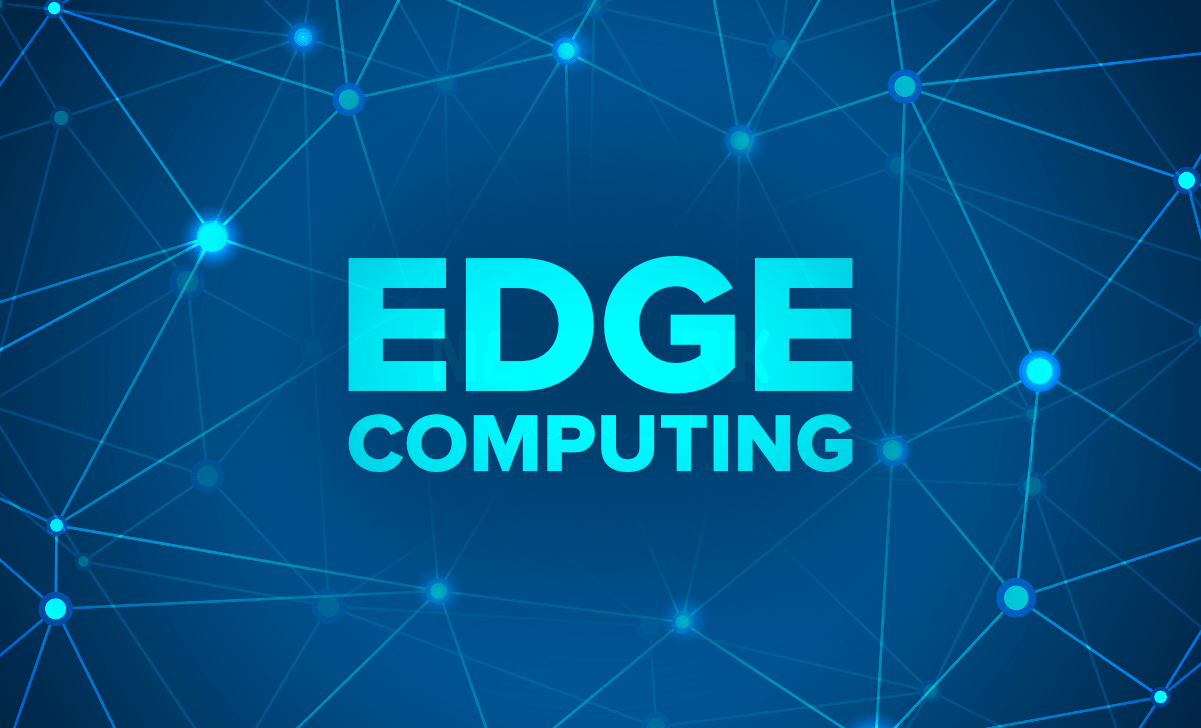Let’s face it, edge computing and cloud computing are like the two sides of the same coin. While these may seem to be some sort of competitors, they actually complement each other rather nicely. Cloud computing lets us have the power of centralized data processing, which is great for churning out huge datasets and storing information. It is here that edge computing picks up where speed and real-time action are crucial.
Think of it this way: if the cloud is your huge storage warehouse, edge computing is your corner store. Sometimes you need the warehouse for large orders-things like data analytics-but when you need something in a hurry, the corner store is where you want to go.
When to Use Which
Cloud Computing: Suitable for tasks that are not time-sensitive, it does complex analytics, multiscale applications, and other data backup activities. For example, many firms utilize this cloud computing service to analyze sales trends from months to years.
Edge Computing: Best suited for real-time applications. Now, consider a smart thermostat adjusting the temperature of your house in terms of your likings. You want it there and then at your house, not at some cloud server thousands of kilometers away.
Real-World Examples
Take driverless cars, for instance. With sensors, cameras, and GPS, they generate yards of data every second. This is where edge computing comes in to process such information in real time and allow for fast decisions on behalf of the vehicle, such as braking or changing lanes. Meanwhile, longer-term tasks fall to the cloud, like updating the car’s navigation system or analyzing driving patterns over time.
Another great example is for healthcare: a wearable device tracking the heart rate of a patient does edge processing in order to catch anomalies in real time. The cloud comes into play, however, when doctors need an overview-for example, to understand trends in a patient’s health over months.
Why They’re Better Together
While edge computing, in these regards, makes such cloud services far more efficient in that it reduces the load and deals with urgent tasks right there on-site, the heavy lifting for big-picture operations is done by the cloud. In themselves, a seamless, flexible continuum adapts to everything from immediate action to long-term data storage and analysis.
In sum, edge and cloud computing are not competitors but partners in the making of a smarter, quicker, better-connected world.




